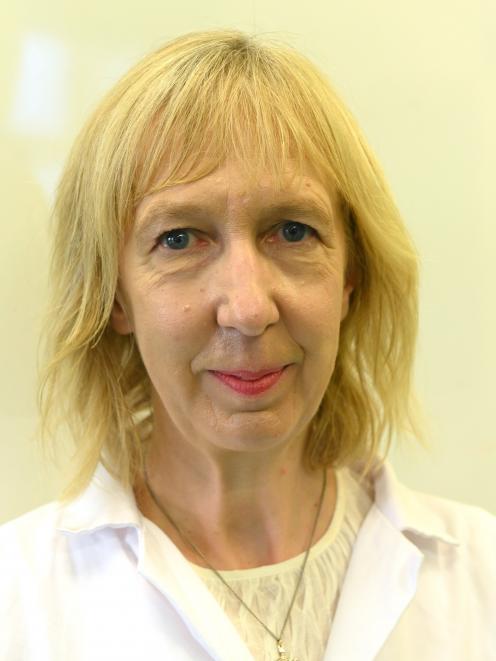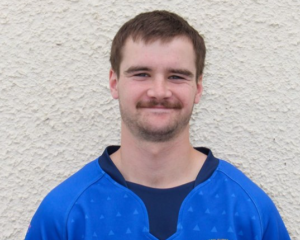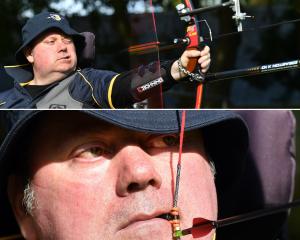
Diagnosing the neurodegenerative disease is usually done with blood tests or invasive and expensive lumbar punctures.
But a recent $307,444 grant from the Neurological Foundation aims to push the pioneering idea of studying tear fluid over the next two years, in the hope it may eventually lead to earlier diagnosis and treatment.
University of Otago anatomy molecular neurobiologist Associate Prof Joanna Williams said tears were an "under-used bio-fluid".
"The eyes are the windows to the soul, but they are also connected to the brain.
"The retina is a direct extension of the brain, and the cornea — the surface of the eye — is one of the most highly innervated tissues in the body.
"So there’s lots of things that will be in tear fluid that we haven’t fully investigated yet."
A small amount of work had already been done to show that it was possible.
The researchers would compare the results from people with Parkinson’s with those from people who show evidence for Alzheimer’s disease, as well as tears from age-matched controls.
They would look for changes that were both specific to, and overlap, the two conditions.
"I’m really excited because this type of technique could bring diagnoses or responses to treatment to all kinds of people — people that are living in remote areas or people who are not able to get into a main centre to have a blood test done or a cerebrospinal fluid lumbar puncture.
"Lumbar punctures are invasive. They have to be done in a clinical setting and there’s lots of side effects.
"It’s not something you can do over and over again as well.
"If you want to monitor someone’s progression through the disease or their response to treatment, you can’t get lots and lots of lumbar punctures.
"And as people get older, their veins become quite hard to find so giving blood is also an issue."
Tears appeared to be the next step.
"Tears would be a more acceptable and less invasive tool to diagnose all kinds of neurodegenerative diseases, including Parkinson’s and Alzheimer’s.
"We’re comparing and contrasting with people who are in the very early stages of these diseases."
It would also be useful to determine if someone is at risk of Parkinson’s, as well as help doctors monitor and manage earlier treatment for the disease itself.
Giving tears was something that could be done in a doctor’s office rather than a surgery, and would allow people to have equitable access to treatments, Assoc Prof Williams said.
"Essentially, collecting tears is done by putting a small piece of filter paper under the eye lid.
"It’s an old technique already used by optometrists to look at the condition of eyes, so that’s already available."
She was working with a multidisciplinary team of researchers from around New Zealand, including New Zealand Brain Research Institute and University of Canterbury researchers Prof John Dalrymple-Alford and Dr Vanessa Morris.
Neurological Foundation research head Dr Sarah Schonberger said the combined research and clinical expertise across the team made it more likely to be successful.
"It could lead to a simple, low-cost diagnostic tool that would be of great benefit to patients and their doctors."











